Quick commerce is transforming the way people shop, and the pace is only speeding up.
As customer expectations for faster deliveries and more personalized experiences rise, businesses need to evolve quickly to keep up.
But what exactly is driving this rapid shift in the ecommerce landscape?
From the surge of hyperlocal marketplace to innovations in logistics, q-commerce is reshaping how brands operate and connect with their customers.
The ecommerce sector in India is booming like never before, and having a clear understanding of top quick ecommerce trends is crucial to staying competitive.
So, what does the future hold?
How can your business leverage these changes to thrive in 2025?
Table of Contents
- Quick Commerce in 2025: Essential Trends for Business Success
- Top 10 Quick Commerce Trends for 2025
- 1. Expansion into High-Value Product Categories
- 2. Impulse and Seasonal Purchases
- 3. Rise of Distributor-Powered Quick Commerce Marketplaces
- 4. Rapid Expansion into Tier 2 and Tier 3 Cities
- 5. AI-Driven Personalization for Instant Gratification
- 6. Subscription-Based Models for Essentials
- 7. Personalized Discounts to Boost Sales
- 8. Omnichannel Integration for Seamless Shopping
- 9. Enhanced Real-Time Inventory and Stock Visibility
- 10. Sustainability-Focused Quick Commerce
- Why StoreHippo Is the Best Solution To Build And Grow Your Quick Commerce Brand In India
- Conclusion
Quick Commerce in 2025: Essential Trends for Business Success
As we approach 2025, quick commerce is no longer just about speed; it’s about creating a seamless, hyper-personalized experience that meets rising customer expectations.
So, what trends will define success in the fast-paced world of q-commerce?
Here’s a look at the essential shifts that will drive business growth and transform the customer experience in 2025:

- $3,349.00m is the forecasted revenue of the Quick Commerce market in India in 2024
- 60.6m users is the anticipated number of users in the Quick Commerce market in India
- $5.5 billion is the estimated reach of India’s Quick Commerce market by 2025
- 84% is the expected smartphone penetration by 2025
- 20-30% of quick commerce orders will fall outside the groceries and essentials category by 2025
Source: Statista
Quick commerce in India is experiencing rapid growth due to increasing smartphone penetration and a young tech-savvy population. By embracing technology, expanding product categories, and catering to the preferences of a mobile-first audience, brands can drive sustained growth and secure customer loyalty.
Top 10 Quick Commerce Trends for 2025
As consumer expectations continue to evolve, businesses are adopting cutting-edge technologies and strategies to keep up. By 2025, q-commerce will be defined by significant advancements in logistics, personalization, and sustainability, among others.
Here are the top 10 q-commerce trends that are set to redefine how businesses operate—helping you keep pace in an industry that’s moving faster than ever.
1. Expansion into High-Value Product Categories
In 2025, quick commerce will broaden its offerings to include high-value items such as gold, electronics, and makeup, moving beyond groceries and daily essentials. This expansion allows you to target new customer segments, such as affluent shoppers looking for convenience. A few platforms have already started integrating such offerings, signalling a shift towards a more diversified product portfolio. By offering a wider variety of goods, you can increase average order values while catering to time-sensitive buyers seeking premium items.
2. Impulse and Seasonal Purchases
Quick commerce in India capitalizes on impulse buyers by curating collections of seasonal and festive products. Whether it's last-minute holiday decorations or limited-edition items for a specific celebration, these platforms promote impulse buys at key moments throughout the year. By integrating festive-themed products or time-sensitive offers directly into the user interface, you can generate excitement and urgency. This trend leverages consumers' emotional connection to special occasions, encouraging them to complete purchases they might not have initially planned.
3. Rise of Distributor-Powered Quick Commerce Marketplaces
In 2025, local distributors will increasingly power quick commerce platforms, leveraging their established networks for faster deliveries and better inventory management. Following this ecommerce trend, you can partner with regional distributors, improving the speed and availability of products in specific areas. By tapping into localized distribution hubs, you can ensure faster distribution cycles and create a more scalable delivery infrastructure. The result will be a more responsive, efficient system that offers quicker service and helps penetrate new regional markets faster.
4. Rapid Expansion into Tier 2 and Tier 3 Cities
As demand grows, quick commerce will rapidly expand into Tier 2 and Tier 3 cities, offering tailored, localized inventory to meet the specific needs of these emerging markets. These cities represent an untapped market with growing consumer demand for convenience, yet have specific needs and purchasing habits. By offering localized inventory and region-specific promotions, you can attract customers in smaller cities, where access to a broad range of products is limited. This trend aligns with the increasing digital penetration in these regions and rising disposable incomes.
5. AI-Driven Personalization for Instant Gratification
Artificial intelligence is the new ecommerce trend that will play a crucial role in creating hyper-personalized shopping experiences. You can seamlessly analyse browsing patterns, purchase history, and regional preferences in real-time, offering tailored product recommendations and localized offers. You can extend personalization to multilingual interfaces, ensuring that consumers can shop in their native language for maximum convenience. By predicting customer needs and curating relevant products instantly, you can drive higher engagement and increase conversions on your quick commerce marketplace.
6. Subscription-Based Models for Essentials
To retain customers and ensure recurring revenue streams, subscription-based models will become a central feature of q-commerce brands. These services will offer regular deliveries of essential items such as groceries, pet supplies, and personal care products. Subscriptions provide convenience and predictability for consumers who rely on these recurring purchases, while also fostering long-term customer loyalty. By offering personalized subscription packages and discounted rates for repeat customers, you can enhance retention and build steady revenue streams.
7. Personalized Discounts to Boost Sales
Quick commerce platforms in India are set to leverage personalized discount strategies to enhance customer engagement. By analyzing individual shopping behavior and preferences, platforms can offer targeted promotions that align with each shopper’s needs. This tactic helps reduce cart abandonment and drives impulse purchases, as customers are more likely to respond to discounts tailored to their buying habits. These personalized offers will be a powerful tool for increasing both customer satisfaction and the overall add-to-cart rate.
8. Omnichannel Integration for Seamless Shopping
The line between online and offline shopping will blur as q-commerce platforms integrate omnichannel strategies. Customers will have the ability to place orders online and pick them up at physical stores, or vice versa, creating a seamless, flexible shopping experience. This integration will give shoppers more control over how they receive their products while leveraging the strengths of both online convenience and offline immediacy. By effectively combining these two channels, you can offer a more cohesive shopping journey on your hyperlocal marketplace in India.
9. Enhanced Real-Time Inventory and Stock Visibility
In q-commerce, real-time inventory management will become increasingly important. Accurate stock visibility prevents customers from encountering out-of-stock situations, a common frustration that leads to cart abandonment. Employing advanced inventory tracking systems helps ensure products are available and can be fulfilled quickly. This transparency will also help you manage supply chains more efficiently, reducing overstocking and improving customer satisfaction by ensuring timely deliveries of in-stock items.
10. Sustainability-Focused Quick Commerce
As eco-conscious shopping becomes a priority, sustainability will be a driving force in the evolution of quick commerce in India. Consumers will demand environmentally-friendly packaging, carbon-neutral delivery options, and sustainable product sourcing. To meet this demand, you need to adopt greener practices, such as using electric delivery vehicles, offering reusable packaging, and promoting local, eco-friendly products.
Why StoreHippo Is the Best Solution To Build And Grow Your Quick Commerce Brand In India
Usually, Q-commerce brands set up micro warehouses called dark stores at different locations to service online orders quickly. Setting up a quick commerce operation requires heavy upfront investment and significant effort in organizing and streamlining quick deliveries efficiently.
Alternatively, your brand can use the dealer/vendor-powered StoreHippo quick commerce solution to go to market with your quick commerce brand in record time. All you need to do is leverage the network of location-based vendors and use their setup and inventory to begin your Q-Commerce comapny. Your vendors and their delivery agents can deliver orders faster in hyperlocal areas. Your brand admins can manage all their vendors for different locations, their respective inventories and delivery agents from a common central admin dashboard.
StoreHippo enterprise ecommerce solutions help businesses build vendor-powered quick commerce marketplaces with its ready-to-use multi-vendor functionality and advanced ecommerce solutions. The scalable infrastructure and extensive features from StoreHippo, like hyperlocal delivery and seamless vendor management, enable businesses to take their sales graph up north. By automating key processes and reducing operational costs, StoreHippo ensures your qcommerce marketplace is not only quick to deploy but also cost-effective.
StoreHippo empowers quick commerce businesses in India to stay competitive by providing a robust ecommerce platform that addresses the evolving demands of q commerce. With advanced features tailored to support key 2025 trends, StoreHippo enables businesses to drive growth, enhance customer experiences, and streamline operations.
- The scalable architecture and versatile product management tools from StoreHippo allow brands to seamlessly diversify their offerings to include high-value items.
- StoreHippo's customizable themes and dynamic product displays, help you create attractive, time-sensitive offers for festive or seasonal items.
- Multi-vendor marketplace solution supports the quick commerce shift toward distributor-driven models. You can onboard local vendors and distributors to offer a rich catalog without investing in inventory or setting up dark stores.
- The hyperlocal ecommerce capabilities support brands in expanding into emerging markets by enabling localized inventory management and region-specific promotions.
- With StoreHippo’s mobile-first approach, you can create Android and iOS mobile apps and cater to audiences who use mobiles as their primary mode of ecommerce access.
- StoreHippo helps deliver a hyper-personalized experience by analyzing customer behavior and preferences. You can offer real-time product recommendations, and localized offers, and create a multilingual website and app, catering to diverse customer needs.
- StoreHippo's built-in discount engine along with its quick commerce solution helps create a personalized discount for the customers, reducing cart abandonment and encouraging repeat purchases by offering targeted promotions.
- StoreHippo’s omnichannel capabilities help you create new touchpoints quickly using the same backend logic and APIs
- StoreHippo helps you integrate multiple delivery solutions using its 30+ pre-integrated logistics providers to streamline your delivery process. You can also use the built-in delivery boy management solution to manage your fleet of delivery boys.
- Advanced inventory management tools from StoreHippo help hyperlocal ecommerce brands showcase real-time inventory status to the customers. You can let your customers know when your products have run out of stock.
Conclusion
Quick commerce is reshaping the way businesses connect with customers. Quick commerce businesses today need to set new standards in speed, personalization, and convenience. As we move into 2025, businesses must stay on top of the changing buyer needs and other ecommerce trends that shape the buying experience.
However, to achieve all this, you need a platform like StoreHippo that gives businesses a competitive edge and provides comprehensive solutions for quick commerce. Built on MACH architecture and with native hyperlocal and multi vendor solutions, StoreHippo offers everything you need to run your quick commerce business. You can seamlessly keep pace with customer demands and drive growth in this fast-evolving q-commerce landscape with StoreHippo’s 300+ enterprise-grade features and 120+ built-in integrations.
StoreHippo quick commerce solutions help future-proof your business by quickly adapting to a variety of ecommerce trends like building quick commerce apps, multi channel shopping, seamless checkouts, etc. Are you testing the waters in the booming quick commerce Indian landscape? Get started right away with StoreHippo, begin your 14-day free trial now.
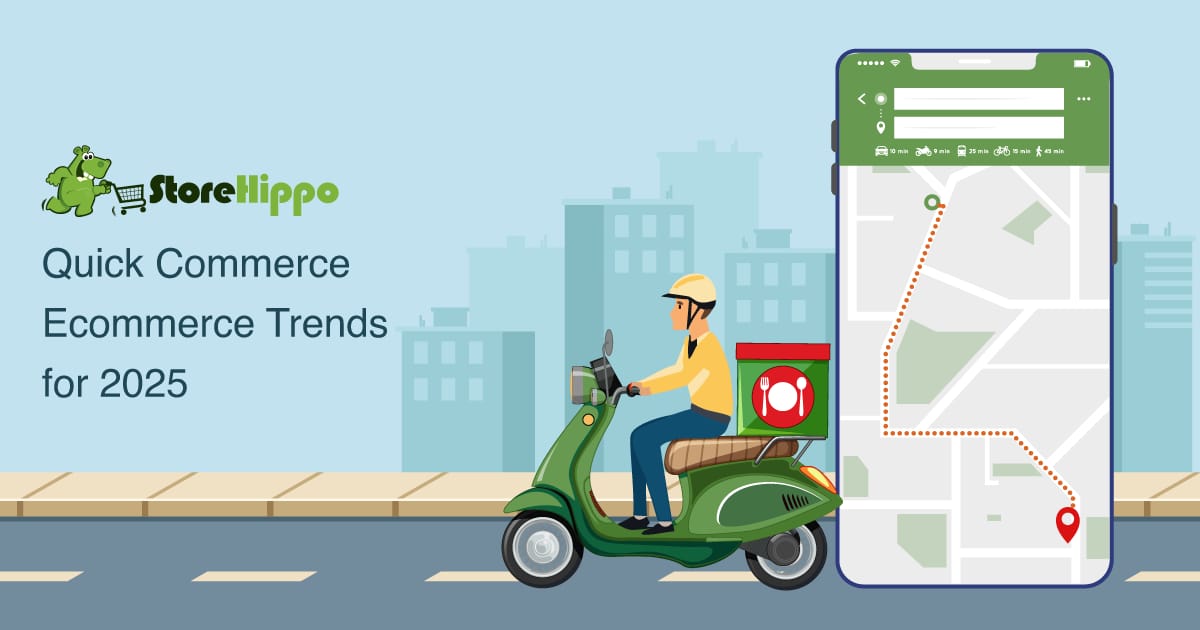

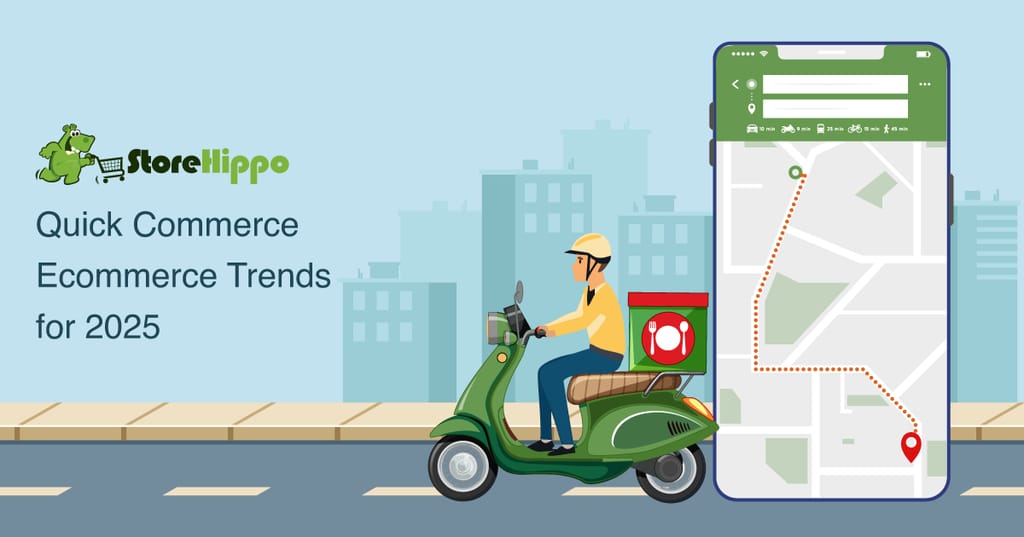












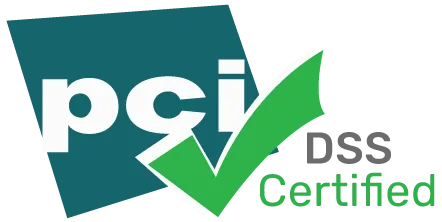
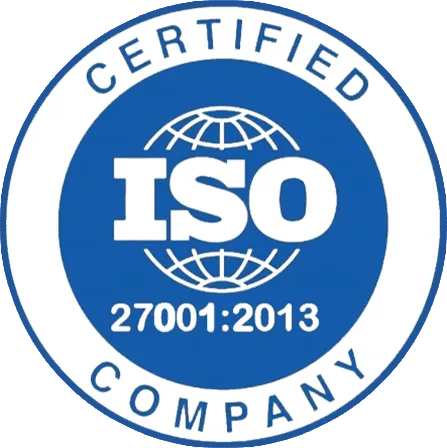



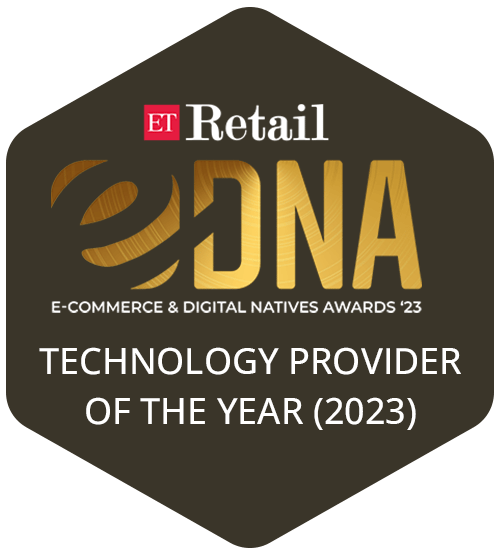
Leave A Comment